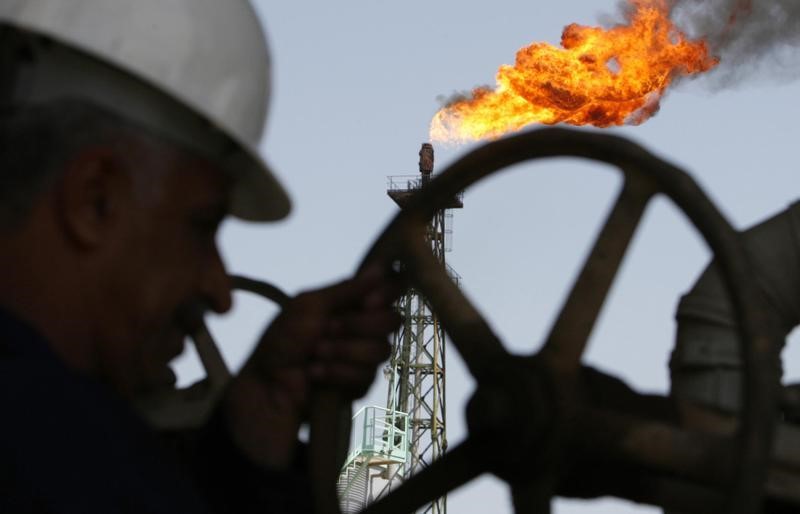Commodities
Oil prices dip after rallying on Red Sea woes, US SPR refill


© Reuters.
Investing.com– Oil prices fell slightly on Wednesday, retreating from strong gains in the prior session as supply disruptions in the Red Sea and the prospect of early U.S. interest rate cuts in 2024 lent some support to crude.
Prices were also encouraged by the U.S. government finalizing contracts to buy 3 million barrels of oil, aimed towards replenishing the Strategic Petroleum Reserve (SPR) after the reserve was drawn to nearly 40-year lows earlier this year.
Shipping disruptions in the Red Sea- stemming from attacks on vessels by the Iran-aligned, Yemeni Houthi group, were a key point of support for crude prices in recent weeks, especially as the conflict heralded potential delays in deliveries through the Suez Canal.
The conflict showed little signs of deescalating, as the U.S. launched a naval task force to enforce peace in the region. The Israel-Hamas war- which is at the heart of the recent Houthi strikes- also raged on, with Israel flagging many more months of war.
Beyond geopolitical disruptions, oil prices were also supported by the prospect of lower U.S. interest rates in 2024, as recent data pointed to sustained cooling in U.S. inflation. Lower rates are expected to foster economic growth and potentially drive up crude demand, although when the Federal Reserve plans to begin trimming rates remained uncertain.
expiring February fell 0.3% to $80.82 a barrel, while fell 0.3% to $75.42 a barrel by 20:28 ET (01:28 GMT). Both contracts rallied over 2% each on Tuesday.
US inventories awaited, data delayed
Focus was now on U.S. inventory data, due on later on and , for more cues on supply in the world’s largest fuel consumer.
The release of this week’s inventory data was delayed by a day, due to the Christmas holiday on Monday.
A series of builds in U.S inventories over the past few weeks have rattled oil markets, especially as rising and stockpiles pointed to cooling fuel demand in the country.
The builds also pointed to less tight markets in 2024 than initially expected- a trend that is expected to keep oil prices subdued.
Oil set for 2023 losses
Despite recent gains, and WTI futures were still set to lose around 7% each in 2023.
Concerns over top importer China- as an economic rebound failed to materialize- were a major weight on prices, as were fears of a slowdown in global crude demand due to high interest rates and inflation.
Oil supplies are also expected to be less tight than initially expected in early-2024, following underwhelming production cuts from the Organization of Petroleum Exporting Countries (OPEC), while U.S. output remained at record highs.
Commodities
Oil prices rise; U.S. crude inventories plunge, Russia-Ukraine truce eyed
Commodities
India’s Reliance to stop buying Venezuelan oil over US tariffs, sources say
Commodities
Oil prices climb on Venezuela supply worries

 Forex3 years ago
Forex3 years agoForex Today: the dollar is gaining strength amid gloomy sentiment at the start of the Fed’s week

 Forex3 years ago
Forex3 years agoUnbiased review of Pocket Option broker

 Forex3 years ago
Forex3 years agoDollar to pound sterling exchange rate today: Pound plummeted to its lowest since 1985

 Forex3 years ago
Forex3 years agoHow is the Australian dollar doing today?

 Cryptocurrency3 years ago
Cryptocurrency3 years agoWhat happened in the crypto market – current events today

 World3 years ago
World3 years agoWhy are modern video games an art form?

 Commodities3 years ago
Commodities3 years agoCopper continues to fall in price on expectations of lower demand in China

 Economy3 years ago
Economy3 years agoCrude oil tankers double in price due to EU anti-Russian sanctions























